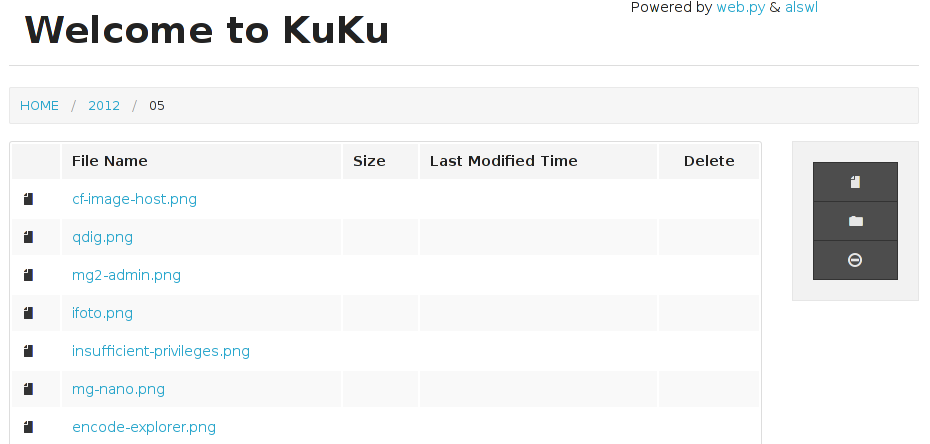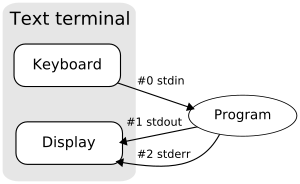原文地址: http://scotdoyle.com/python-epoll-howto.html , 我这里取精简内容翻译过来。
============ 正文开始 ============
介绍 Python 从 2.6 开始支持 epoll。现在我们用 Python3 来写基于这些 API 的 epoll 范例。
阻塞的 Socket 通信范例 import socket EOL1 = b'\n\n' EOL2 = b'\n\r\n' response = b'HTTP/1.0 200 OK\r\ndate: "2013-01-12T00:01:00+08:00" response += b'Content-Type: text/plain\r\nContent-Length: 13\r\n\r\n' response += b'Hello, world!' serversocket = socket.socket(socket.AF_INET, socket.SOCK_STREAM) serversocket.setsockopt(socket.SOL_SOCKET, socket.SO_REUSEADDR, 1) serversocket.bind(('0.0.0.0', 8080)) serversocket.listen(1) try: while True: connectiontoclient, address = serversocket.accept() request = b'' while EOL1 not in request and EOL2 not in request: request += connectiontoclient.recv(1024) print('-'*40 + '\n' + request.decode()[:-2]) connectiontoclient.send(response) connectiontoclient.close() finally: serversocket.close() 这个范例中的代码在 accept() 、 recv() 和 send() 时候会发生阻塞, 导致其他连接无法完成。
通常情况下,在我们使用阻塞模型时候,会专门建立一个主线程来进行监听, 将建立成功的连接交给其他线程操作,然后继续在主线程上面监听。 这样一来,就不会受单次请求阻塞的限制。
C10K 问题描述了其他处理高并发方法,比如异步 Socket, 通过监听事件来触发预设的响应。异步 Socket 可以是单线程,也可以是多线程。
...



